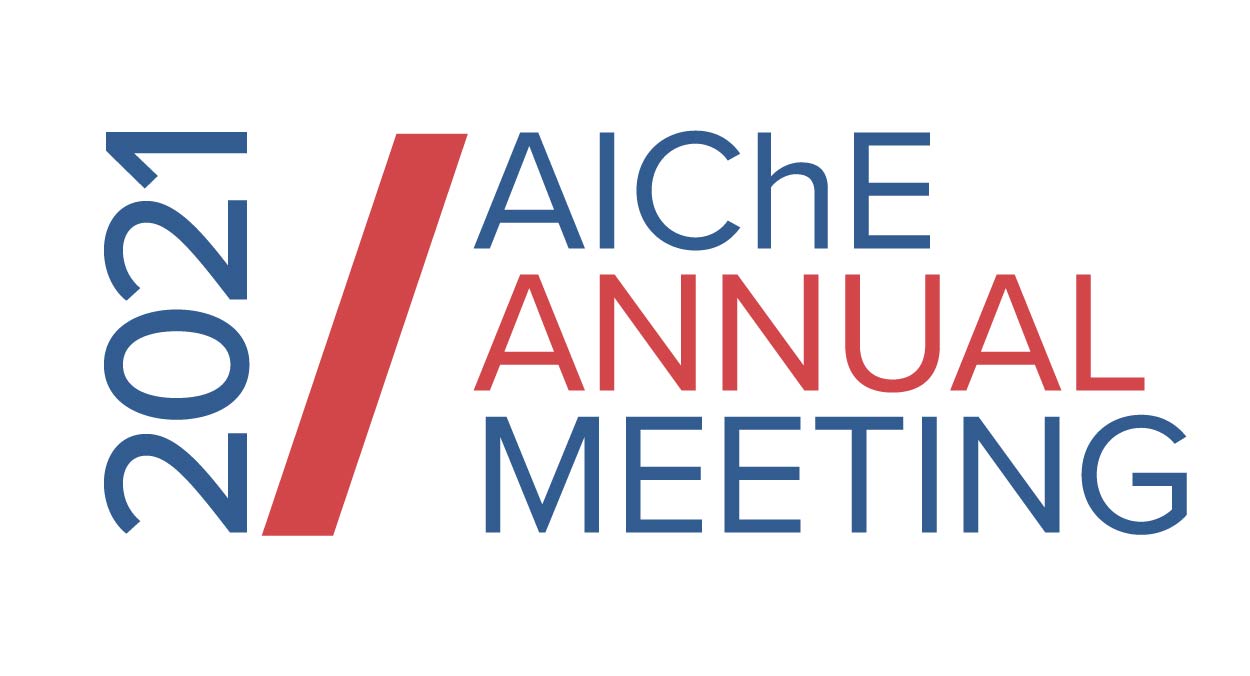

To reduce overcracking from aluminum in SSZ-70 (Al-SSZ-70), iron(III)-containing SSZ-70 (Fe-SSZ-70) was directly synthesized with iron(III) isomorphously substituted in tetrahedral positions. The coordination environment of the iron(III) was characterized using Mössbauer, Electron Paramagnetic Resonance, and Diffuse Reflectance UV-Vis spectroscopies. The physicochemical properties were further probed with inductively coupled plasma atomic emission spectroscopy, NH3 temperature-programmed desorption, and nitrogen adsorption-desorption. The iron(III) was tetrahedrally coordinated in the as-made materials and became partially octahedrally coordinated upon calcination; enough iron(III) remained in the framework after calcination for Fe-SSZ-70 to remain catalytically active. Fe-SSZ-70 was compared to Al-SSZ-70 in constraint index and n-decane hydrocracking tests. Fe-SSZ-70 exhibited 74% total isomer yield at 85% conversion (86% of the isomers were mono-branched) compared to 49% total isomer yield for Al-SSZ-70 at the same conversion. While medium-pore zeolites are typically used for hydroisomerization, Fe-SSZ-70 shows remarkable isomerization selectivity for a zeolite containing 12 and partially-blocked 14 membered rings, in addition to 10 membered rings.
Presenter(s)
Once the content has been viewed and you have attested to it, you will be able to download and print a certificate for PDH credits.
If you have already viewed this content,
please click here
to login.
